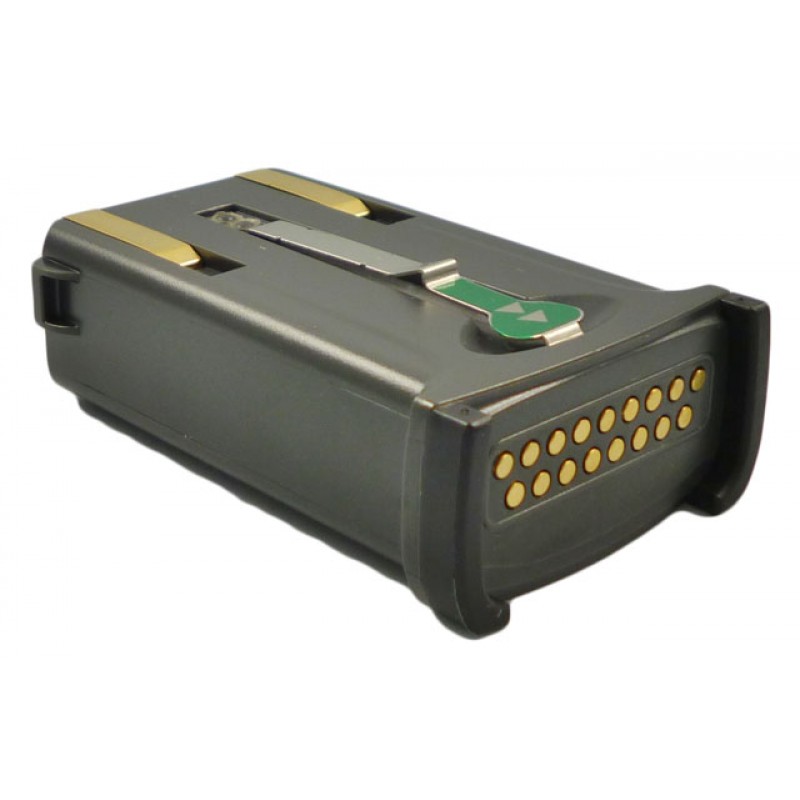Battery Types Explained: NiMH vs Li-Ion
 It’s still surprising to see that there are still NiMH (nickel–metal hydride) batteries being used in some non-industrial Bluetooth scanners
It’s still surprising to see that there are still NiMH (nickel–metal hydride) batteries being used in some non-industrial Bluetooth scanners
Cons of NiMH batteries include:
- NiMH suffers from “memory effect.” Memory effect describes the specific situation in which NiMH batteries gradually lose their maximum energy capacity if they are repeatedly recharged after being only partially discharged. The battery appears to “remember” the smaller capacity.
- High self-discharge rate. NiMH batteries lose their charge as they sit.
- It takes longer to charge them.
- Cannot operate at extreme temperatures. At extreme temperatures, NiMH voltage output will drop.
Advantages of NiMH:
- It’s cheaper.
Advantages of Li-Ion:
- Smaller and lighter.
- Faster recharge.
- Minimal discharge when not in use.
- Temperature tolerance. It can tolerate low temperature and warmer environments compared to NiMH cells.
- It is not susceptible to voltage depression, aka memory effect.
The standard warranty period for these NIMH batteries is 30 days. It is important to understand the impact on total cost of ownership. For example, a Li-Ion battery warranty from Honeywell is 1 year!
It’s also not easy to replace these batteries. From one of the scanner’s user’s guide:
The battery is installed in the cordless digital scanner by the factory and resides in a chamber in the digital scanner handle.
To replace the battery:
- Insert a Phillips screwdriver in the screw at the base of the digital scanner, then turn the screw counterclockwise to release the latch.
- Remove the latch.
- If a battery is already installed, turn the digital scanner upright to slide the battery out. Disconnect the battery connector clip.
Inserting the Battery
- With the contacts on the connector clips facing in the same direction, attach the new battery’s connector clip to the connector clip in the base of the digital scanner.
- Slide the new battery into the battery well and ensure the battery leads are visible. The battery should sit securely in the well.
- Attach and close the latch.
- Insert a Phillips screwdriver in the screw at the base of the digital scanner, press down gently, and turn the screw clockwise to lock the latch in place.
NiMH battery vs Li-Ion. Whose will stand up to abuse better?





